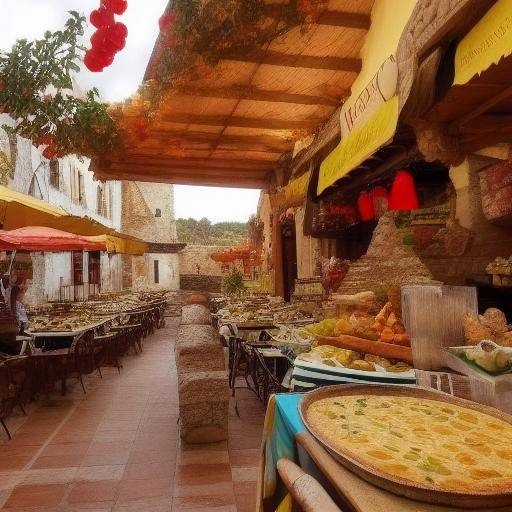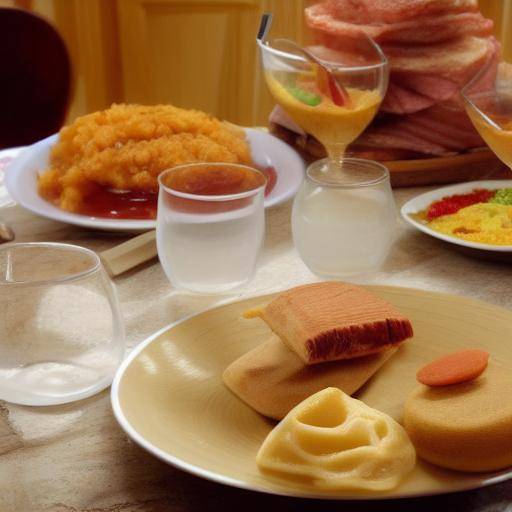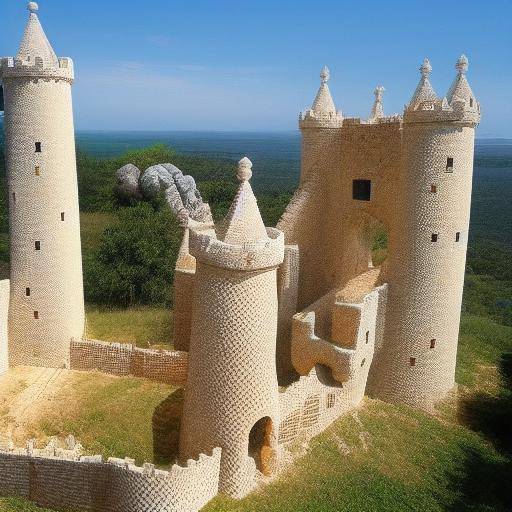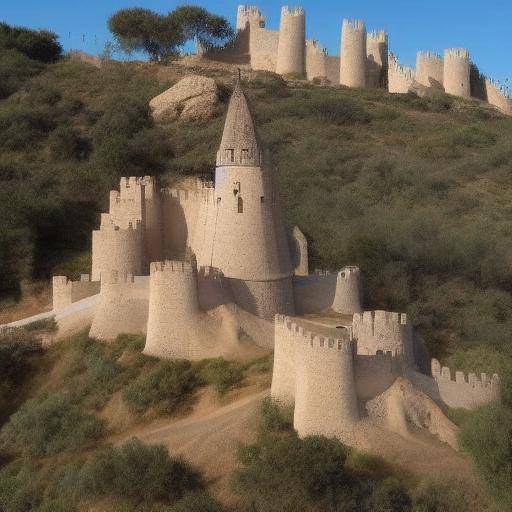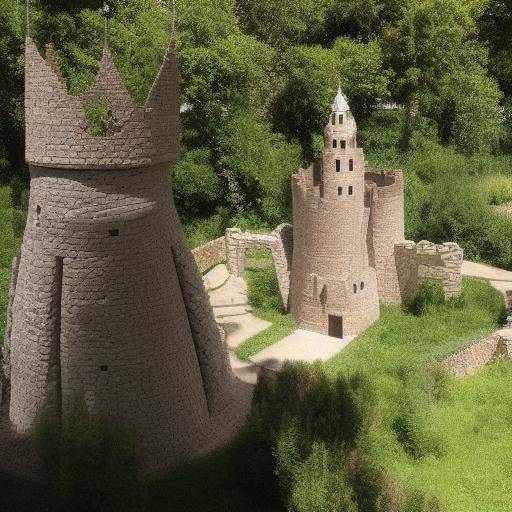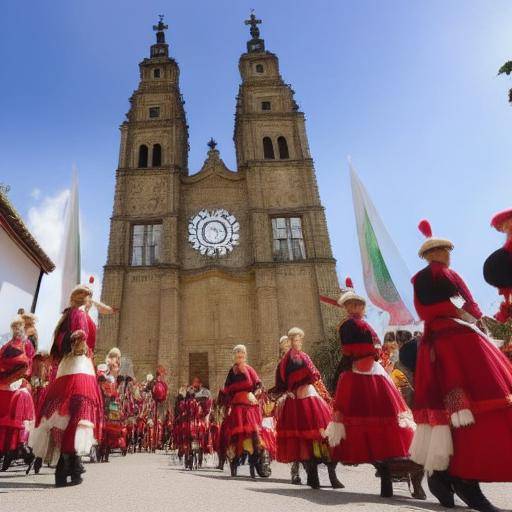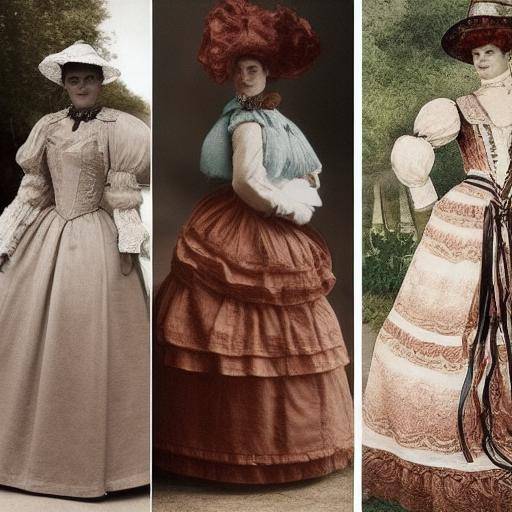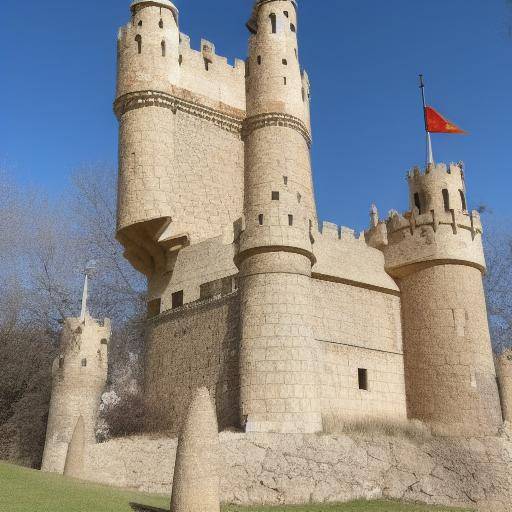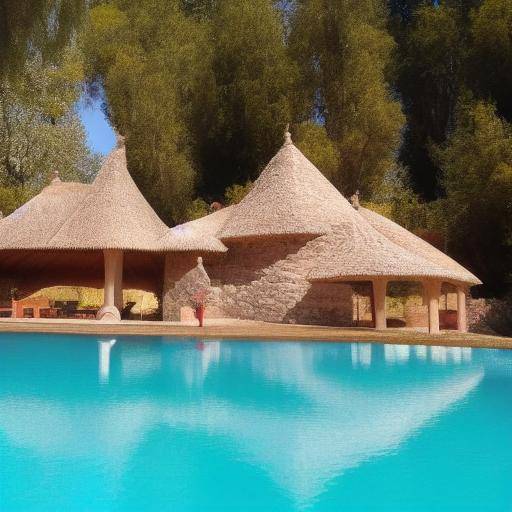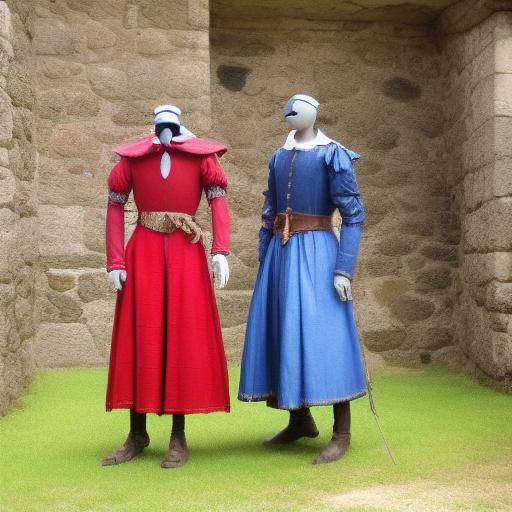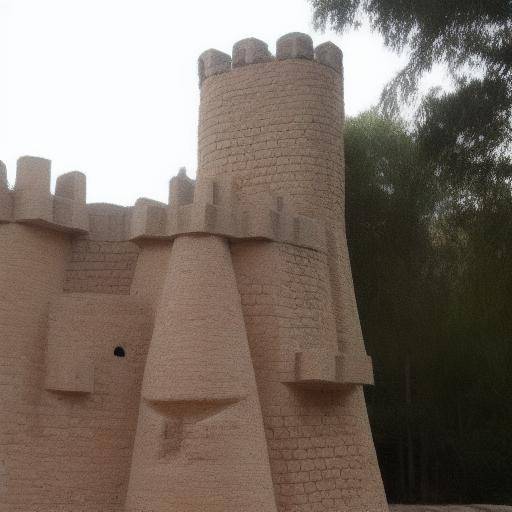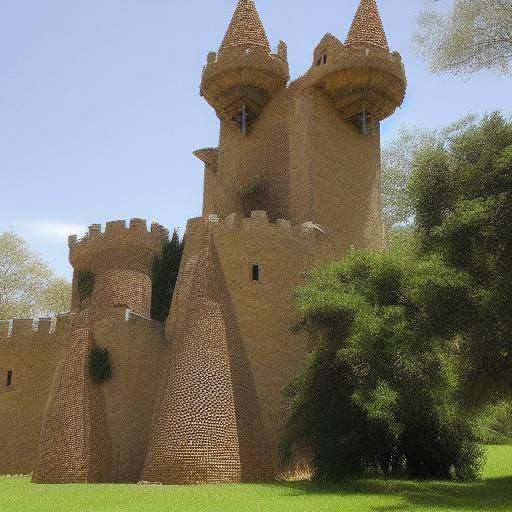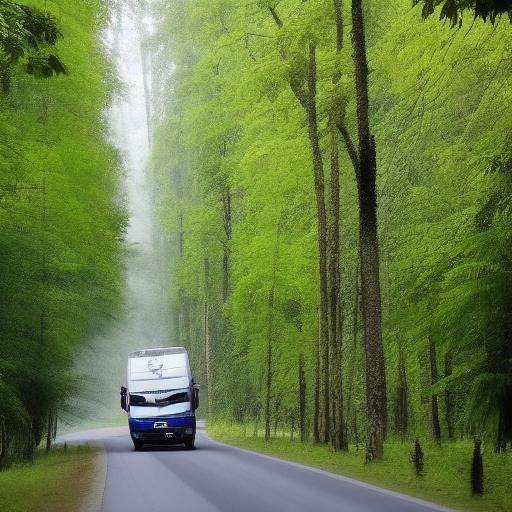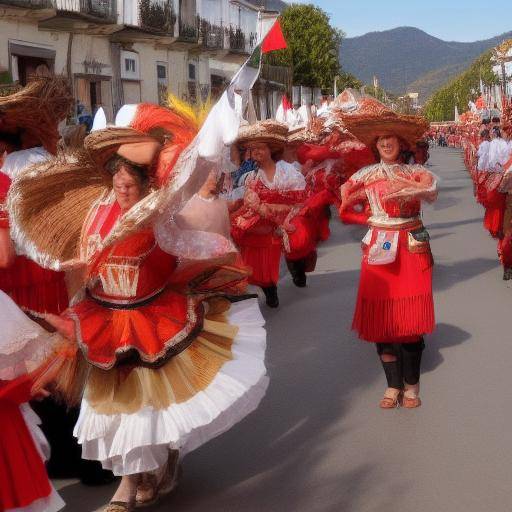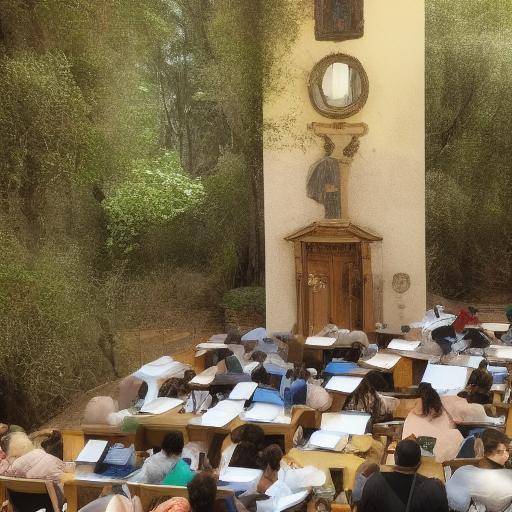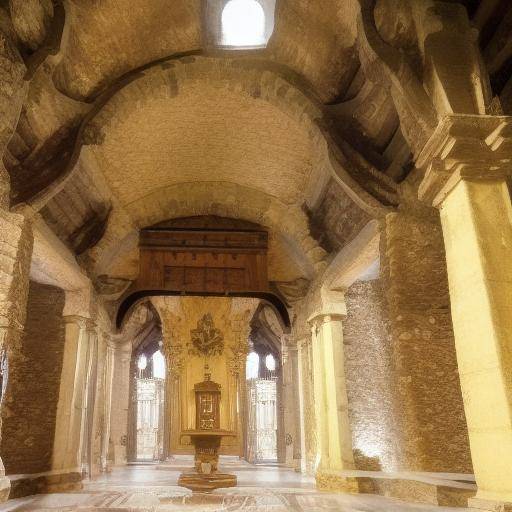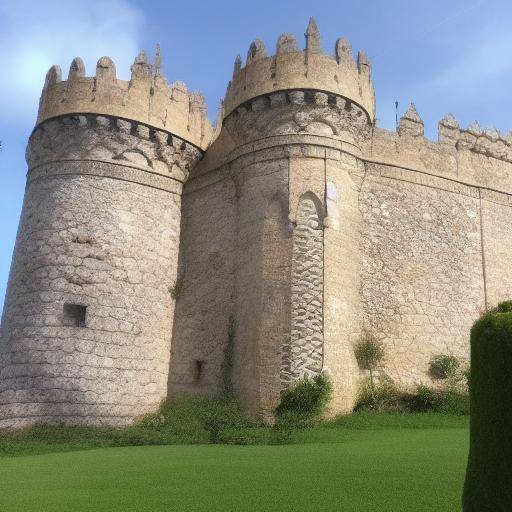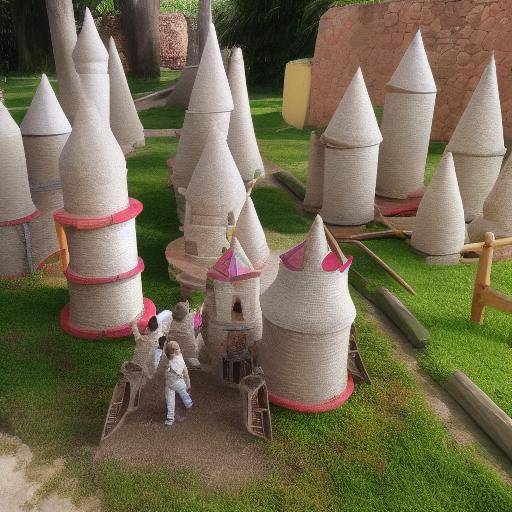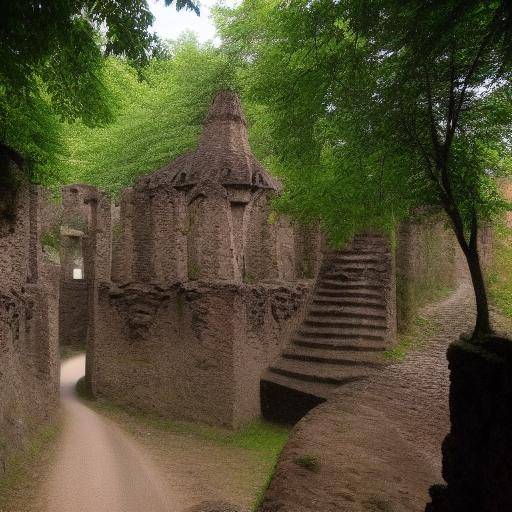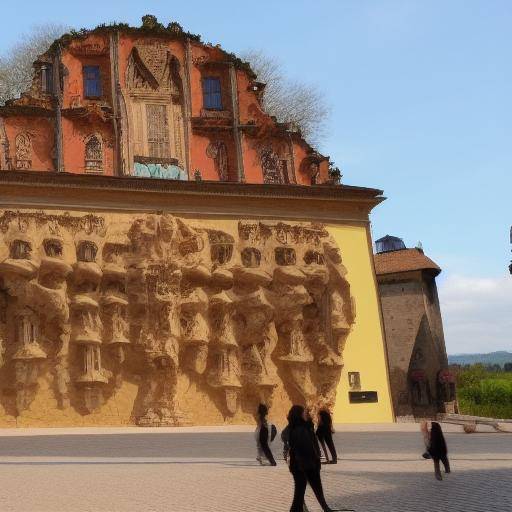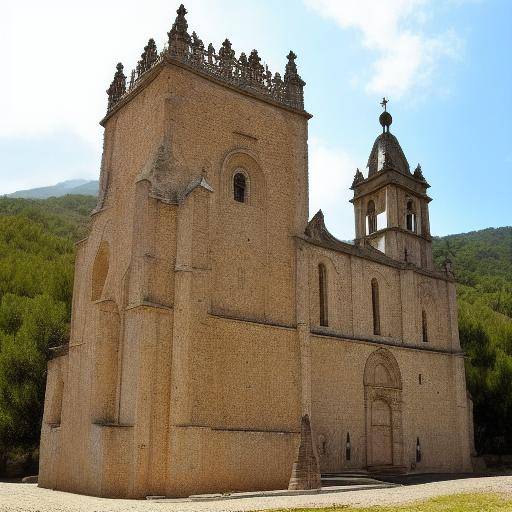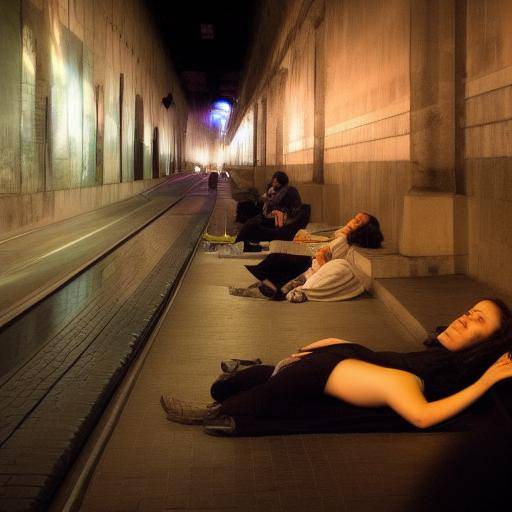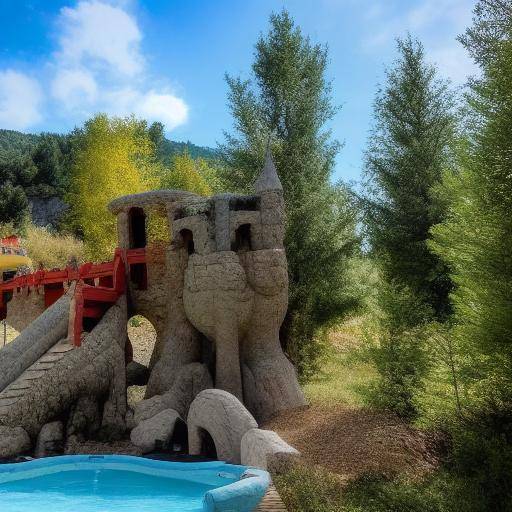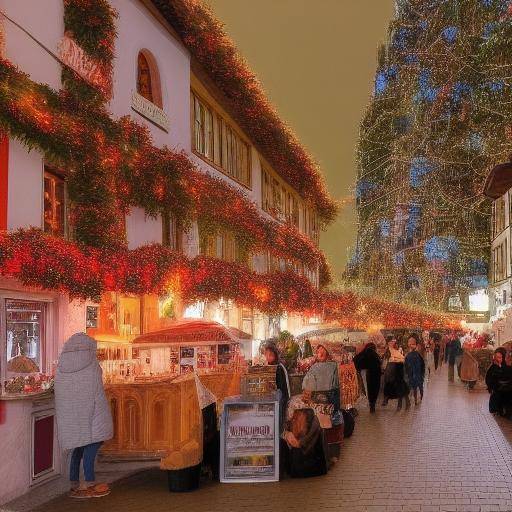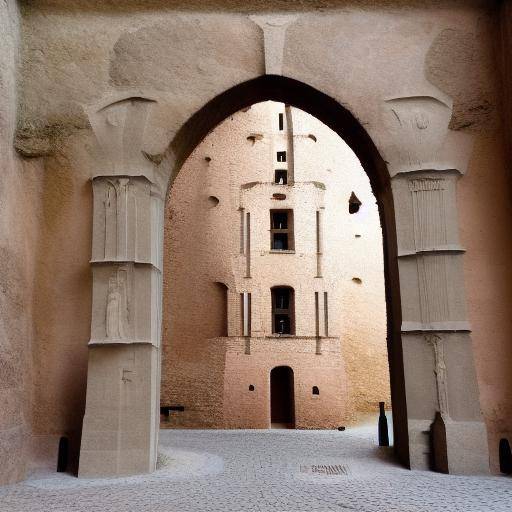
The Romantic Route of Germany is one of the most charming cultural destinations in Europe, full of architectural and artistic treasures that encapsulate centuries of history and beauty. Along this picturesque route, travelers are immersed in a world of medieval castles, picturesque villages and a rich artistic heritage that captivates the senses. In this article, we will thoroughly explore art and architecture along the Romantic Route of Germany, revealing the hidden treasures that make this journey an unforgettable experience.
Introduction
The Romantic Route of Germany is a journey through time, where every corner reveals a unique history and an impressive artistic legacy. From the imposing fortresses to the charming wooden houses, this route offers a captivating look at the cultural and artistic wealth of Germany. In this article, we will explore in detail the magnificent fusion of art and architecture that defines this route, revealing hidden treasures that will enrich the experience of any traveler.
History and Background
The Romantic Route of Germany has its roots in the period of Romanticism of the nineteenth century, when the interest in traditions and natural beauty gained strength in Europe. This route, which extends from Würzburg to Füssen, through charming towns and cities, is home to an extraordinary variety of works of art and architecture dating from different eras. From majestic castles to exquisite Baroque churches, each building tells a story that intertwines with the history of Germany itself.
Over the years, the Romantic Route has been carefully preserved and promoted, becoming a cultural upholstery that attracts visitors from all over the world. This route is not only a testimony to the artistic and architectural skill of past generations, but also a catalyst for the development and cultural preservation of the region.
Evolution of Art and Architecture in the Romantic Route
The evolution of art and architecture in the Romantic Route is a reflection of the various cultural influences and styles that have left their mark over the centuries. From the Gothic architecture of the Cathedral of San Kilian in Würzburg to the rococo splendour of the Weikersheim Palace, each structure is a unique jewel that offers a detailed view of the artistic and architectural trends of its time.
Over the years, the Romantic Route has witnessed constant evolution in art and architecture, adapting to social, political and cultural changes. The master craftsmen and architects of each period have left their distinctive mark, resulting in a fascinating cultural landscape that attracts travelers, historians and art lovers alike.
Detailed Analysis
Art and architecture along the Romantic Route are a manifestation of human creativity in its maximum expression. Every architectural detail and every work of art that adorns the buildings tell a unique story, revealing the aesthetic values and aspirations of past societies. From the perspective of detailed analysis, it is possible to unravel the complexity and meaning of these masterpieces.
Benefits of Art and Architecture on the Romantic Route
Art and architecture along the Romantic Route are not only historical testimonies, but also inexhaustible sources of inspiration and cultural enrichment. The preservation of these masterpieces not only serves to honor the past, but also to promote cultural tourism and the sustainable development of a region rich in artistic heritage. The benefits of art and architecture in the Romantic Route extend beyond the cultural impact, influencing the regional economy and the well-being of local communities.
The preservation and promotion of art and architecture along the Romantic Route are fundamental to attracting visitors and preserving the cultural legacy of the region. Each work of art and architectural building contributes to the unique identity of each destination along the route, creating a distinctive atmosphere that seduces tourists in search of authentic experiences.
Current Challenges and Trends
Despite efforts to preserve art and architecture on the Romantic Route, there are challenges that need to be addressed to ensure their long-term sustainability. The conservation of historical buildings, the management of tourism and the adaptation to contemporary demands are some of the challenges that authorities and communities face today.
Current trends in the management of cultural heritage in the Romantic Route include innovative approaches to preservation, such as the implementation of digital technologies for documentation and the promotion of heritage. In addition, there is a growing interest in the development of tourist experiences that harmoniously integrate art, architecture and history, offering visitors a deeper dive into the cultural wealth of the region.
Comprehensive review
Art and architecture in the Romantic Route of Germany transcend their aesthetic values to encompass a wide range of applications in the promotion of tourism, regional development and the preservation of cultural heritage. Through a comprehensive review, it is possible to understand in depth the fundamental role of these artistic manifestations in the contemporary context.
Practical Applications
Art and architecture on the Romantic Route serve as cultural magnets that attract travelers from around the world, generating economic opportunities for local communities. The promotion of tourist routes focused on artistic and architectural heritage promotes the development of related services, such as hospitality, gastronomy and crafts trade, enriching the tourist offer of the region.
In addition, art and architecture contribute to the preservation of cultural heritage, a catalyst for the conservation of historical buildings and the promotion of sustainable practices in the field of tourism. Awareness of the importance of art and architecture in the Romantic Route is essential to ensure its continued protection and enjoyment by future generations.
Opinions of Experts and Future Perspectives
The views of experts in the management of cultural heritage on the Romantic Route reveal the importance of adopting holistic approaches that integrate the conservation, promotion and valuation of art and architecture. In addition, the need to foster a deep understanding of the social, economic and cultural implications of the preservation of heritage is emphasized, considering the challenges and opportunities presented on the horizon.
In terms of future prospects, greater emphasis is placed on the integration of technology to enrich the tourist experience and promote the global diffusion of artistic and architectural heritage. In addition, it is hoped that cooperation and collaboration among the actors involved in the management of cultural heritage will continue, thus strengthening the positioning of the Romantic Route as a cultural destination of international renowned.
Comparative analysis
A comparative analysis between the Romantic Route, Germany and regional art provides a deep insight into the connections and interactions between these elements. The interrelationship of these aspects awakens a significant interest in the cultural and tourist context, revealing similarities, differences and synergies that enrich the understanding of the region.
Similarities and Variances
The Romantic Route, Germany and regional art share a rich cultural and artistic history that intertwines in every corner of the region. The presence of architectural styles such as Gothic, Baroque and Romanco on the Romantic Route reflects the cultural diversity of Germany, serving as a microcosm that illustrates the evolution of art over the centuries.
However, there are also significant differences that add unique nuances to each aspect. While the Romantic Route focuses on tourist and cultural experience, Germany as a country hosts a variety of artistic and architectural expressions that transcend the borders of the route. On the other hand, regional art in different localities can reflect specific influences and rooted traditions that bring singularity to each destination.
Potential of Synergies
The synergy between the Romantic Route, Germany and regional art represents a fertile field for collaboration and mutual enrichment. The joint promotion of the Romantic Route and regional art as renowned cultural destinations can generate a multiplier effect, attracting a diverse audience that seeks authentic and enriching experiences.
In addition, collaboration between different localities along the route and cultural and artistic institutions in Germany can result in exchange programs, festivals and events that promote the appreciation and dissemination of art and regional architecture. The cultural and artistic diversity of Germany is a shared treasure that can be enhanced through initiatives that foster collaboration and interregional exchange.
Practical Tips and Recommendations
For those who want to explore art and architecture on the Romantic Route of Germany, it is important to consider some practical tips that will enrich their experience and allow them to make the most of their journey. These tips provide guidance on how to maximize the opportunities offered by the route, as well as recommendations to fully enjoy its artistic and architectural wealth.
Recommendations for Travellers
- Previous research: Before embarking on the trip, it is advisable to do research on the points of artistic and architectural interest along the Romantic Route, highlighting the most relevant castles, churches and museums.
- Flexibility in the itinerary: Given the diversity of attractions along the route, it is advisable to maintain some flexibility in the itinerary in order to explore and discover unexpected treasures that enrich the experience.
- Support for the preservation of heritage: It is recommended to support local heritage preservation initiatives by visiting historic sites, acquiring local artisanal products and respecting conservation regulations.
- Cultural immersion: A full immersion in local culture will enrich the understanding of the art and architecture of the region, so it is advised to participate in cultural events, taste local gastronomy and engage in conversations with local inhabitants.
Conclusions and FAQs (FAQs)
Conclusions
The Romantic Route of Germany is an incomparable treasure that offers a fascinating experience in the art and architecture world. From the majestic fortresses to the charming cobbled streets, every corner of this route reveals the beauty and cultural wealth that make it an unforgettable destination. Regional architecture and art enrich this journey, offering a unique vision of the history and creativity of the region.
The preservation, promotion and appreciation of art and architecture in the Romantic Route are fundamental to guarantee their perpetual and ability to inspire and enrich the lives of those who visit it. In a constantly changing world, the value of art and architecture as guardians of identity and cultural history remains relevant and vital.
The Romantic Route of Germany is much more than a tourist journey; it is a journey in time through creativity and beauty that endures over the centuries.
Frequently asked questions (FAQs)
**1. What is the best time to visit the Romantic Route?**The best time to visit the Romantic Route is during spring and summer, when the weather is warmer and the landscapes are in full bloom.
**2. What is the most impressive castle along the Romantic Route?**Each castle along the Romantic Route has its own charm, but Neuschwanstein Castle is undoubtedly one of the most impressive and emblematic.
**3. What cultural and artistic activities can be enjoyed along the route?**Along the route, you can enjoy music festivals, art events, theatre performances and exhibitions that enrich the cultural experience.
**4. What are the best destinations to appreciate regional architecture along the Romantic Route?**Destinations such as Rothenburg ob der Tauber, Dinkelsbühl and Füssen offer magnificent examples of regional architecture that captivate visitors.
**5. Can you walk the Romantic Route by car?**Yes, the Romantic Route is perfectly accessible by car, which provides flexibility to explore the charming villages and landscapes along the route.
**6. What is the most outstanding traditional dish in the Romantic Route region?**The "Schweinshaxe" is one of the most outstanding traditional dishes in the region and it is essential to try it to immerse yourself in local gastronomy.
In short, the Romantic Route of Germany is a charming world where art and architecture intertwine to capture the very essence of human history and creativity. Entering this route is embarking on a journey that reveals hidden treasures and awakens the imagination before the greatness of human ingenuity embodied in stone, painting and sculpture. The Romantic Route is a cultural legacy that transcends time, an invitation to explore the eternal beauty that lies in every corner of this wonderful itinerary.
Concluding, traveling along the Romantic Route of Germany is discovering an enchanted world where art and architecture weave a visual and emotional narrative, an experience that will leave an imprint on every adventurous heart that dares to undertake this fascinating journey.
Discover, marvel and be inspired by the hidden treasures of the Romantic Route of Germany!

